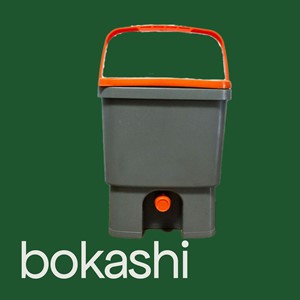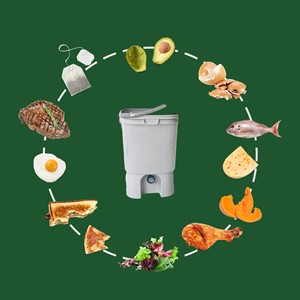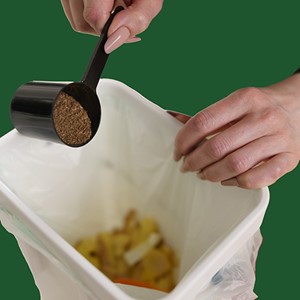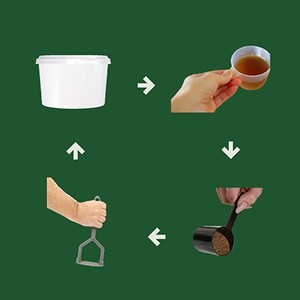2. What can I add?
Unlike other compost systems, Bokashi takes 100% green (nitrogen) materials. It is a way to easily compost all your food waste without worrying about collecting carbon (brown) materials. Plus you can add things that cannot go in a worm farm or compost bin. You add things like fruits, veggies, coffee grounds, tea bags, cooked foods like bread and pasta, and even things like cheese, eggs, meat, fish, and small bones. Avoid liquids such as dairy, juice, oil, soups, and large meat bones.




